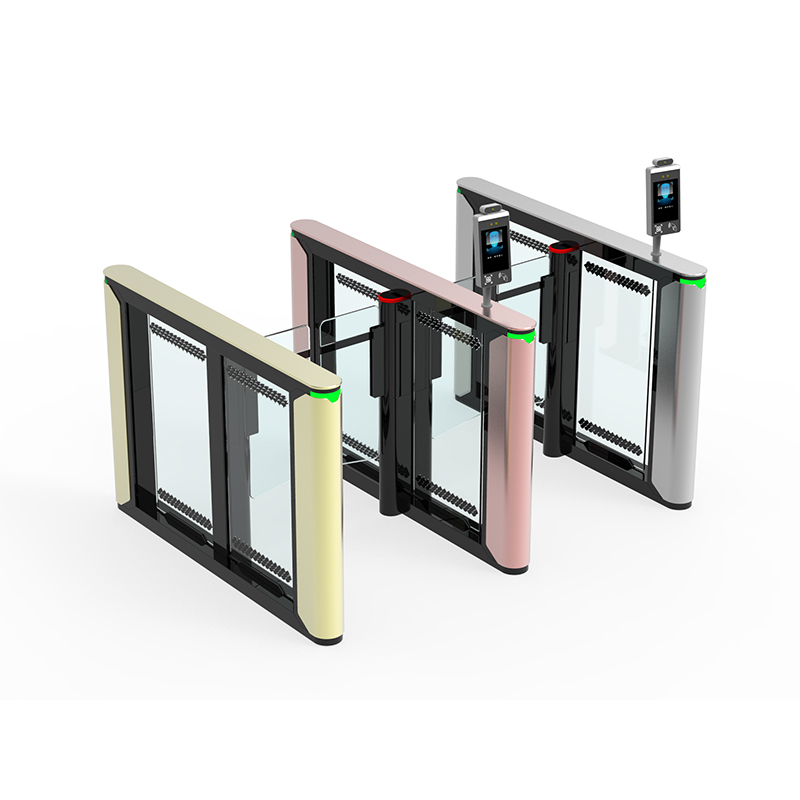What is the Difference Between a Speed Gate and a Turnstile?
2024-07-02
When it comes to access control, there are several options available to secure your facility or event. Two of the most popular solutions are speed gates and turnstiles. While both offer a level of security, they have distinct differences that make them better suited for certain applications. In this article, we'll explore the key differences between a speed gate and a turnstile, and discuss how a "speed turnstile" combines the benefits of both.
What is a Turnstile?
A turnstile is a mechanical device that controls the flow of people through a specific entryway. It typically consists of rotating arms or bars that people must turn to pass through. Turnstiles are commonly used in public transportation systems, stadiums, and other high-traffic areas to control access and prevent unauthorized entry. While turnstiles do provide a level of security, they are not as effective in preventing tailgating (when someone follows closely behind another person to gain entry without paying or being authorized).
What is a Speed Gate?
A speed gate, on the other hand, is a more advanced access control solution that combines the benefits of a turnstile with additional security features. Speed gates use a series of bars or flaps that open and close automatically in response to an authorized entry signal, such as a card swipe or biometric scan. This allows for a faster and more efficient entry process, as people can simply walk through the gate without having to manually turn the bars. Speed gates also include systems to prevent tailgating, such as sensors that detect when multiple people are trying to enter at the same time.
A "speed turnstile" is a term that can refer to a turnstile that has been designed with additional features to improve its speed and security. These turnstiles may include automatic rotating arms or bars that open and close more quickly, as well as advanced sensors and security features to prevent tailgating and unauthorized entry.
The main benefit of a speed turnstile is that it combines the security of a traditional turnstile with the speed and efficiency of a speed gate. This makes it an ideal solution for high-traffic areas where security is a concern, but where a faster entry process is also important. For example, a speed turnstile might be used at a theme park or stadium to control access to the venue while minimizing wait times.
The difference between a speed gate and a turnstile lies in their respective features and capabilities. While both offer a level of security, speed gates are typically faster and more efficient, with additional features to prevent tailgating. A speed turnstile combines the best of both worlds, providing a secure and efficient access control solution that is well-suited for high-traffic areas. Whether you're looking to secure a public transportation system, stadium, or other facility, understanding the differences between speed gates and turnstiles can help you choose the right solution for your needs.





